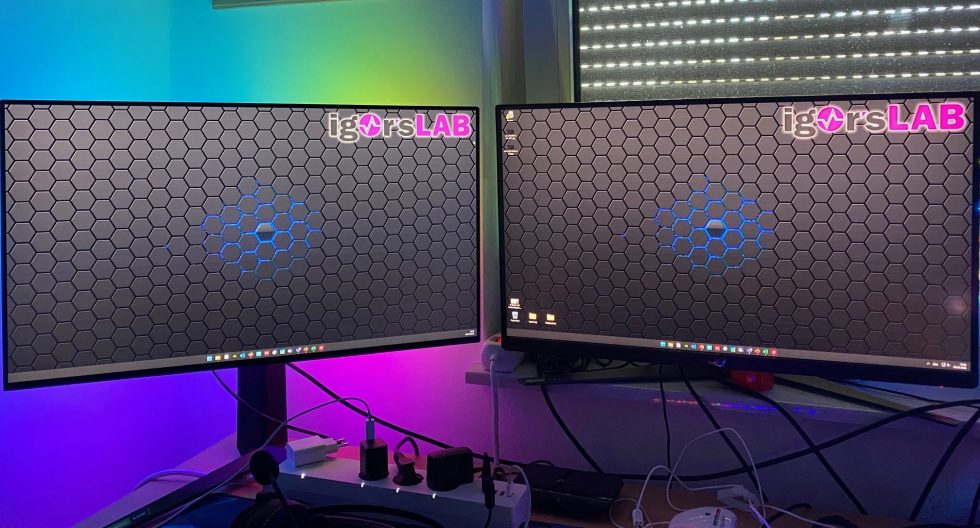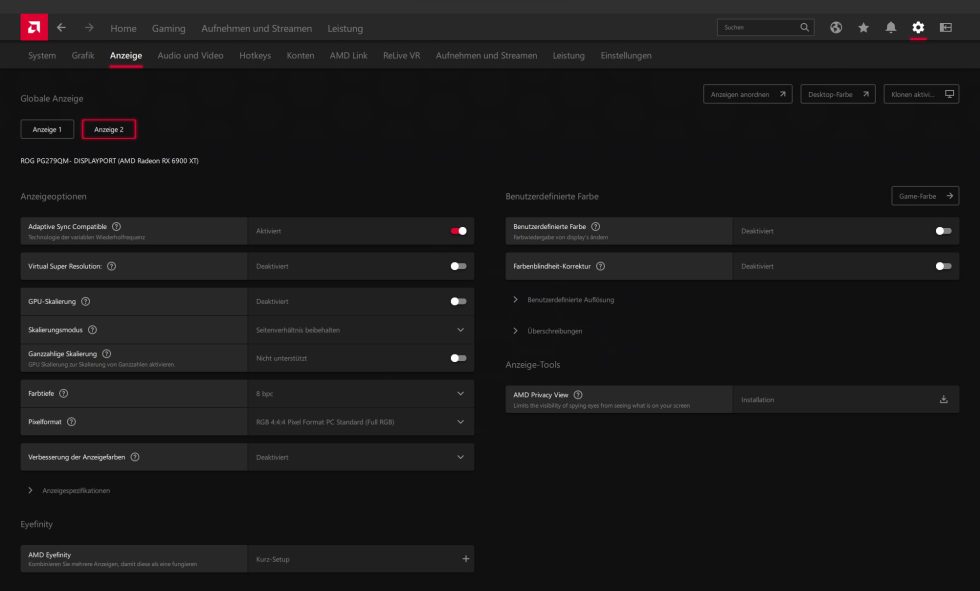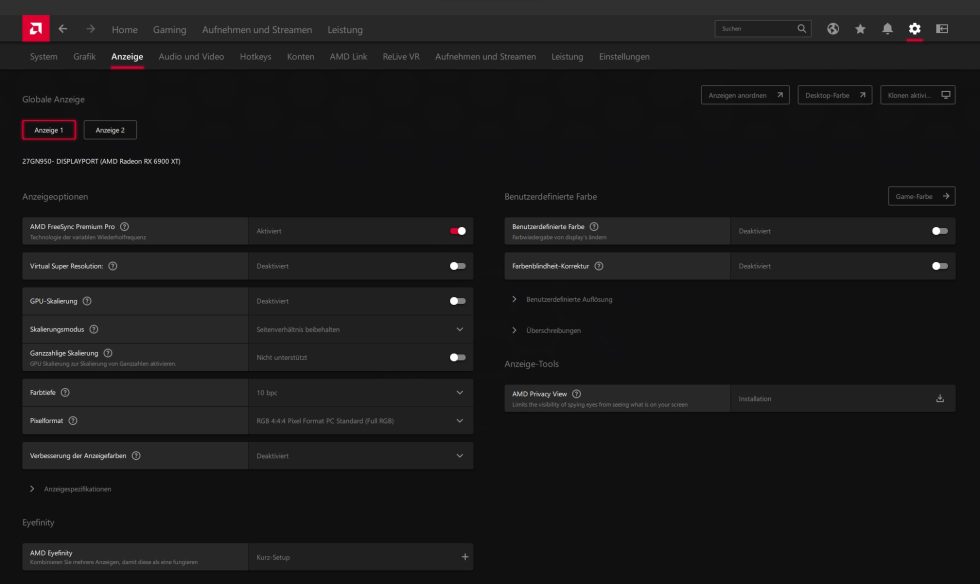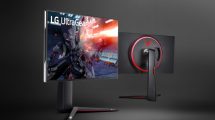After we have dealt with the monitor basics in the last part of our journey – especially with the topic of color space – we will go one step deeper into the matter today. I already mentioned it briefly in the last article: color depth 8 bit vs. 10 bit vs. 12 bit, what does the user need? And, what does Rec. 2020? Is there already content in the Rec. 2020 color space?
Alles rund um das Thema Farben, Grauskalierung und andere Besonderheiten | Teil 2 Monitor-Grundlagen
Color depths simply explained
When we talk about the RGB colors, we usually only hear: There are 16.77 million colors. Yes, uh and NO! It depends on whether you are talking about a color depth of 8 bits or 10 bits, for example. Because 8Bit means 256 colors per color channel, and there are three channels. So we calculate: (256)³ = 16,777,216 colors. With 10 bit it is then already 1024 colors/channel and thus 1,073,741,824 colors. If we now take 12 bits into consideration: (4096)³ = 68,719,476,736 – a very manageable number of color possibilities. Which we men in particular are good at memorizing: next week everyone will know them by heart! LOL
How much color depth must a monitor be capable of? Currently, most monitors have an 8 bit color depth and that is basically sufficient. We remember: Most of what we do with the PC every day takes place in the sRGB color space. Good and usually also expensive monitors have an intermediate solution and this is called 8 bit + FRC (Frame Rate Control). These monitors are recognized as 10 bit monitors. However, they do not have a true 10-bit color depth. With FRC, the monitor can manipulate the pixels to change to alternate colors very quickly. The difference between the 10-bit and 8-bit + FRC color depths is hardly noticeable even by a professional. However, if you absolutely want to see over a billion colors or actually need them for your work, you have to buy a real 10 bit panel (device).
Of course I have an example for an 8 bit monitor for you. As you can see in the picture above, the ASUS ROG Swift PG279QM that I praised is a pure 8-bit monitor. How now? But it has 82% rec. 2020 Color Space Coverage. How can it now cover or display such a wide gamut? Quite simple: The PG279QM can “only” display the 16.77 million colors, but within a very large color space. Only it can compared to real 10 bit in the same color space – less hue variants.
In comparison, I have brought you the LG 27GN950. It comes with a 10 bit panel and can display the theoretically possible over 1.07 billion colors. Another example would be the MSI MEG381CQR Plus, which is recognized as a 10 bit monitor, but is an 8 bit + FRC panel.
If you compare the LG 27GN950 with the MEG381CQR (both have an LG Nano IPS panel), you won’t notice any difference in color reproduction. (especially not when it comes to moving images) Now let’s put together everything we’ve learned about monitors to date. Especially from the point of view of the demands that people like to have today, then you will also quickly see the disadvantages. Example: UHD resolution with 240 Hz, 10 bit color depth and 4:4:4 chroma subsampling. Means that we have to send high amounts of data over one line. And how is that supposed to work?
Display Stream Compression (DSC)
Without DSC, almost nothing works anymore. By now, we are familiar with the topic, because it is already used in the current GPUs. The amount of data that has to be sent from the GPU to the monitor is compressed losslessly. What to pay attention to? If you already have two monitors attached to the GPU, and you run them with DSC, all other ports on the GPU will be locked. A third monitor can then not be operated so easily. That would require deactivating DSC. Which is not possible at all with some monitors.
 Image source Here
Image source Here
The example I chose – UHD resolution and 240 Hz – has become reality in the meantime. Samsung’s new monitor flagship: Odyssey Neo G8
Hardware that already provides a lot for the future. Here we have HDMI 2.1 with DSC and DisplayPort 1.4 with DSC. A 10 bit VA panel with very fast response times. Yes, this monitor does not manage the 1 ms response time either! HDR possible? Samsung has installed a mini-LED FALD panel with 1196 dimming zones in the NEO G8, just like in the NEO G7. Thus, the monitor also has real HDR hardware and not just a sticker. What Samsung has thought with 1000R curvature of the display, I do not understand!
So you can see that the monitor and display manufacturers are pushing hard. The only question is: Is there any content for it at all? Next page please…



































35 Antworten
Kommentar
Lade neue Kommentare
Veteran
Mitglied
Moderator
Veteran
Moderator
Veteran
Moderator
Veteran
Mitglied
Urgestein
Mitglied
Moderator
Moderator
Veteran
Veteran
Moderator
Alle Kommentare lesen unter igor´sLAB Community →